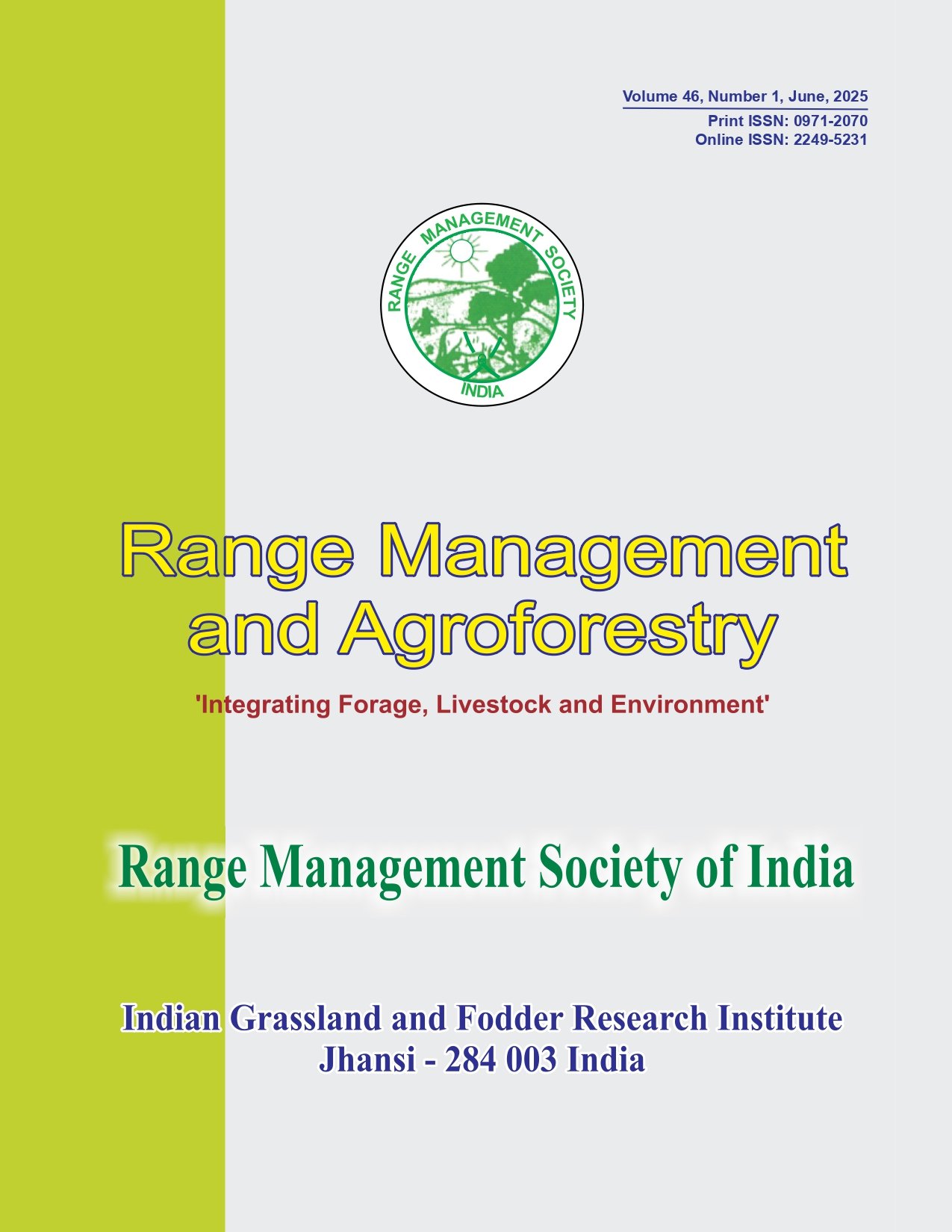Soil respiration as affected by long-term fencing in a mountain meadow steppe of Central Asia
Keywords:
Biotic-abiotic factors, Climate change, Compensatory payment, Fenced meadow, Soil respiration rateAbstract
A better understanding of the responses of various soil respirations to land management is vital for restoring degraded grasslands and mitigating global warming. We used an automated soil respiration system (LI-8100, LI-COR, USA) in 2013 from March to October to assess the effect of fenced and grazed meadows to soil respiration rate. Results showed that the soil respiration rate (SRR) significantly (P<0.01) increased by the fenced management during the growing season (MarchOctober), which ranged from 0.45 μmol·m-2·s-1 in October of grazed meadow to 4.01 μmol·m-2·s-1 in June of fenced meadow. Compared with grazed meadow, f enced meadow changed the percentages of aboveground biomass, soil temperature and soil water content by 39.55%, -11.03% and 8.42%, respectively. These findings suggested that variation of SRR as af fected by aboveground biomass was stronger than soil temperature and soil water content. In addition, the scientific and standardized workflows showed that through the field investigation and long-term trials the effectiveness of grazing exclusion, compensatory payments and management in meadow steppe can be assessed in the future.




